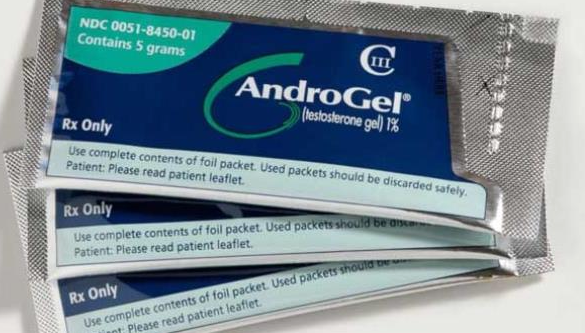Which Testosterone Gel is Right for You? With so many testosterone gels on the market, which testosterone gel is right...

Which Testosterone Gel is Right for You? With so many testosterone gels on the market, which testosterone gel is right...
© 2025 jackomd180. All rights reserved.